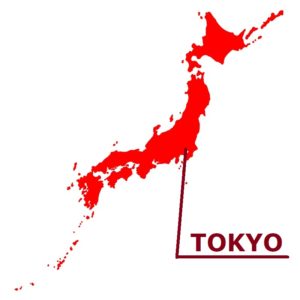
Speaking of shrines, people tend to think that they have existed since ancient times. In the case of Yasukuni Shrine, the history of the shrine is new, and it was built after the Meiji Restoration in 1869. At that time, it was built as “Tokyo Shokonsha Shrine” and was renamed to its current name in 1879. Today, it is a shrine dedicated to the warriors of the Meiji Restoration as well as military personnel from the Second World War.
The charm of Yasukuni Shrine is that various festivals are held throughout the year. For example, “Mitama Festival” (memorial services), held every year from July 13th to 16th, is a big event with over 30,000 lanterns. In spring and autumn, large-scale festivals called annual festivals are held. For small events, the monthly festival is held three times a month, and furthermore, the antique market is held every Sunday, so you can enjoy it whenever you visit.
Also, there are many green trees in the city center, and the changing scenery of the four seasons is one of the highlights. The cherry blossoms are in full bloom in the spring and red and yellow trees are beautiful in the fall.
“Yushukan” (Yasukuni-jinja Shrine’s military and war museum) is the first and still the oldest military museum in Japan next to Worship Hall and Main Hall. This is a place you should visit if you come to Yasukuni Shrine, and it uses much more time than a shrine.
Various munitions produced before or after World War II are on display. One of them is the “Navy Type 0 Carrier Fighter”, commonly known as “Zero Fighter”, which is the only place in Japan where there are only a few places where you can see the real thing.
“Yushukan” has many military items on display, but on the same floor as this Zero Fighter, the steam locomotive C56, which was active in Thailand during the war, is also preserved.
“Yushukan” has a collection of first-class items that are indispensable if you look directly at Japanese history, especially if you are studying the culture of the Second World War. It is a place to keep.
A museum shop unique to the museum. Of course, there are many items that are also available at the Yushukan and can only be purchased here.
Surrounded by the quietness that you forget to be in the middle of the city
Yasukuni Shrine was built in Kudan in 1869. At that time it was called Tokyo Shokonsha Shrine. Since the Meiji Restoration, more than 2.66 million war deads who have lost their fight for their country have been enshrined. There are 500 cherry blossom trees and beautiful Shinike Gardens of walking style, etc. located on extensive grounds. At the moment you enter one step into the green forest, you will be surrounded by the quietness that you forget to be in the middle of the city.
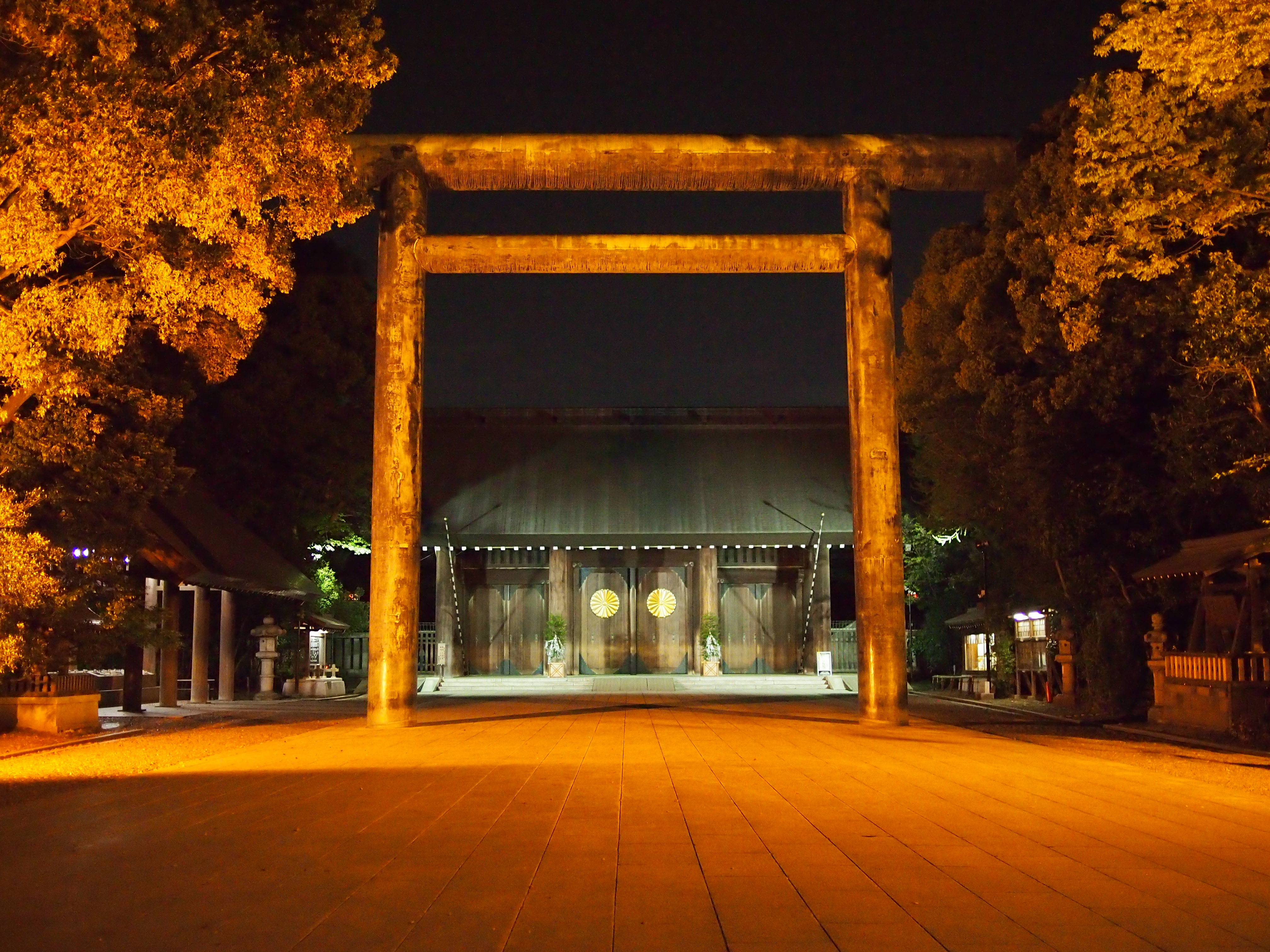
Father of the Japanese Army
After walking a little from Kudanshita station, you will see the Otorii (the first Torii) rising in the office town. Immediately after passing through the torii, rising in the front is said to be “the father of the Japanese Army” and is a statue of Mr. Masujiro Omura who contributed to the construction of Tokyo Shokonsha Shrine. A remembrance of Omura’s accomplishment and completed in 1893, this bronze statue is a huge one with a height of 12 meters. It became a new sight at that time as Japan’s first Western style statue.
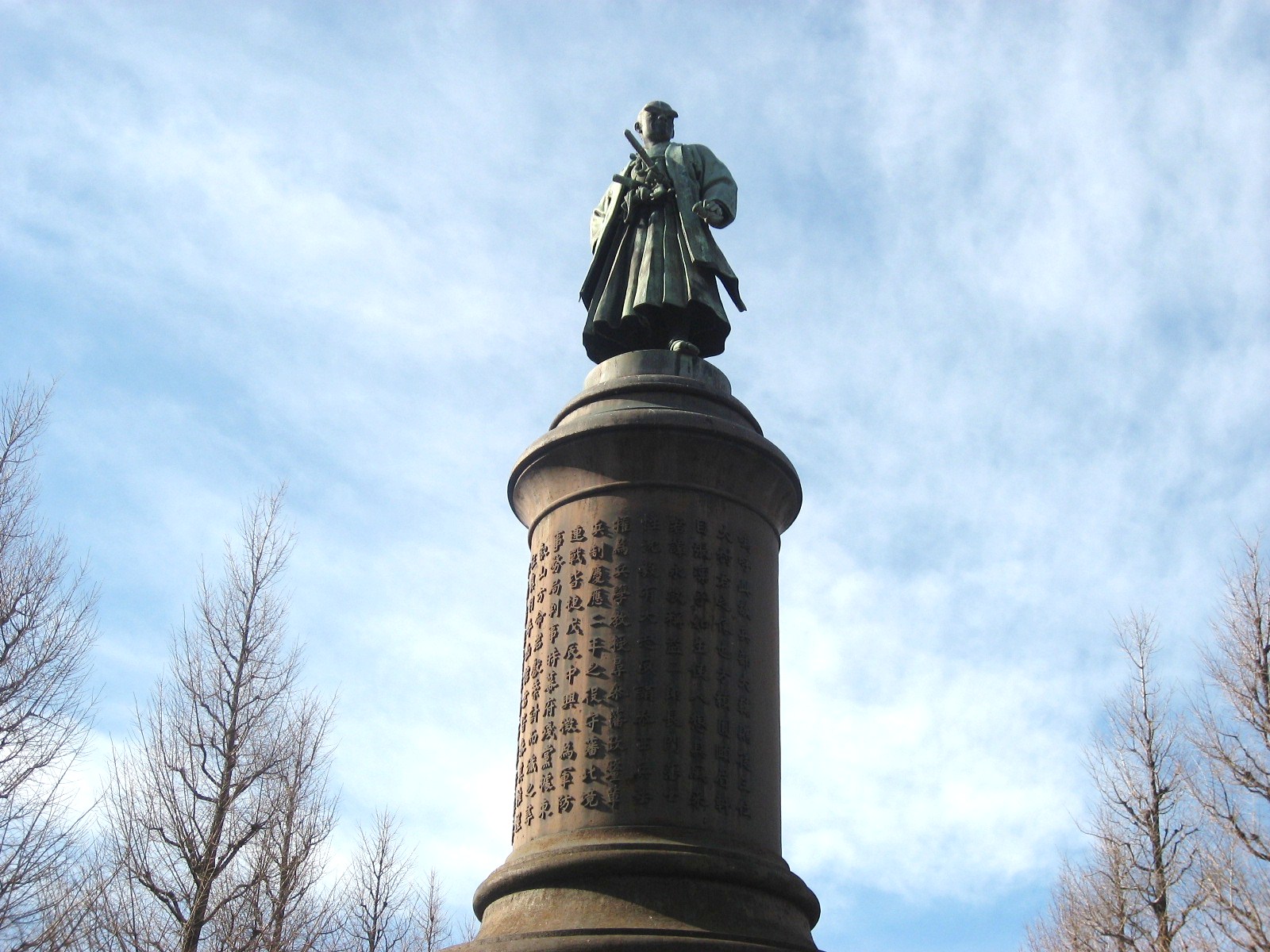
The spirits who lost their lives in the war etc are enshrined here
After passing through the second torii, passing through the shrine gate with the crest of the shining chrysanthemum, it is the hall of worshipers in front of you. The visitors usually offer prayers here. In the back of this hall, there is the main hall connected by the corridor. Between the end of Edo period and the end of the Pacific War, the spirits who lost their lives in the war etc are enshrined here. In case you want to visit the main shrine (formal worship), reception is necessary. Anyone can visit in the main shrine by dedicating “Tamagushi-ryo” (shrine fee). Curated beauty that skilfully adopted entertains the eyes, it is the main building of linear architectural beauty against the hall of worship.
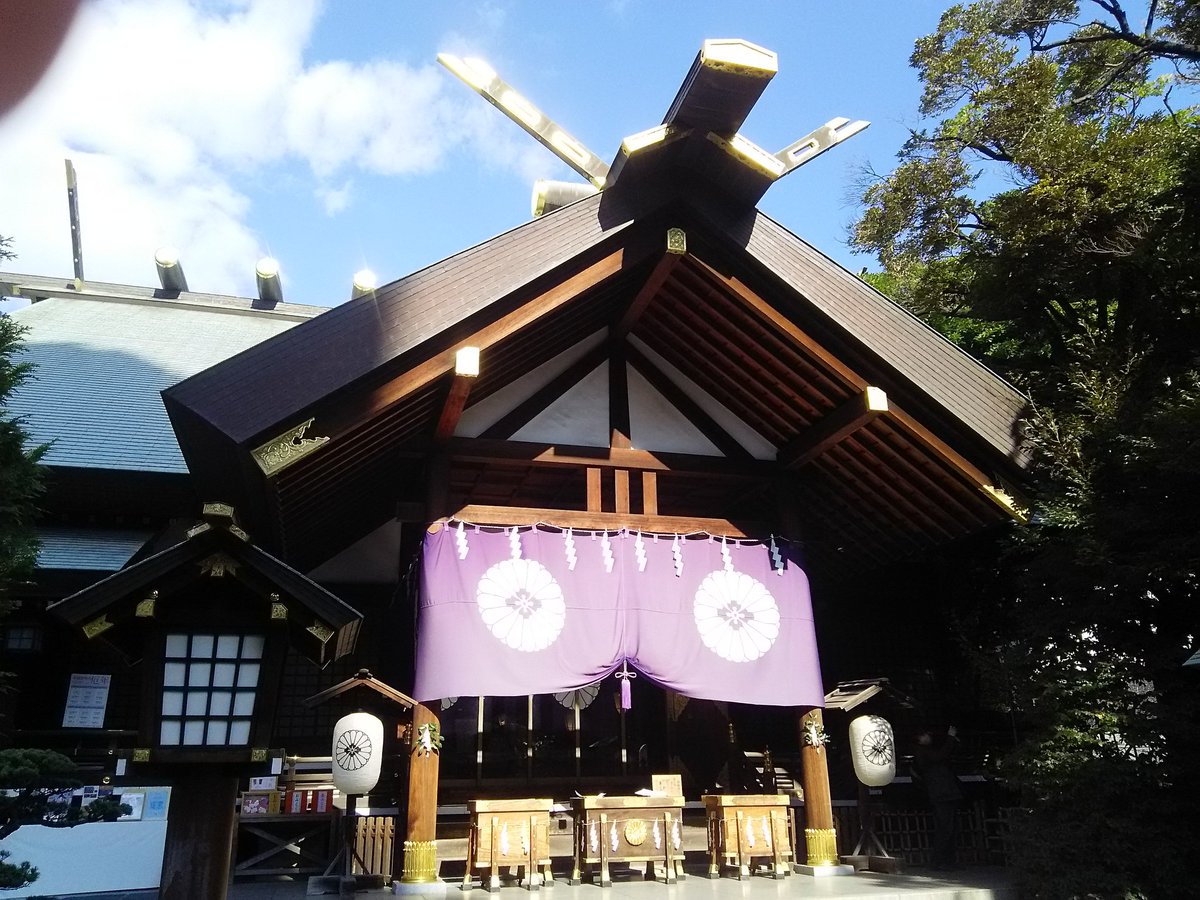
The stage and performing in a fantastic atmosphere is called “Takigi Noh”
The time when the Yasukuni Shrine is full of people is probably around the time of the “Cherry Tree Festival” where 500 cherry trees in the precincts inform the announcement of the blooming spring. The expression of a quiet approach will change completely.
Yasukuni Shrine Noh theater which has a tradition of 120 years or so and is said to be the oldest in Tokyo. On this historic Noh stage, you can appreciate Noh music while watching the cherry at evening “Yozakura Noh”. Burning bonfire around the stage and performing in a fantastic atmosphere is called “Takigi Noh” and it is one of the summer traditions.
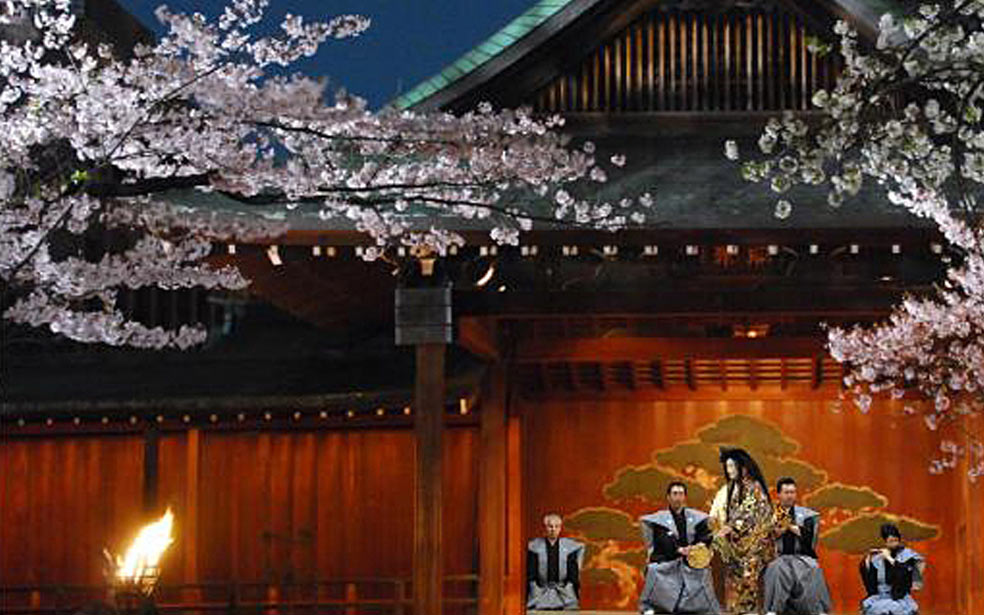
It is also recommended to visit a quiet Japanese Yasukuni Shrine
It is a Yasukuni Shrine where festivals are held every season, but it is also recommended to visit a quiet Japanese Yasukuni Shrine. In the precincts there are stone monuments and statues showing the history of Yasukuni. Looking for these monuments while walking around, it will be time to follow the modern times in Japan.
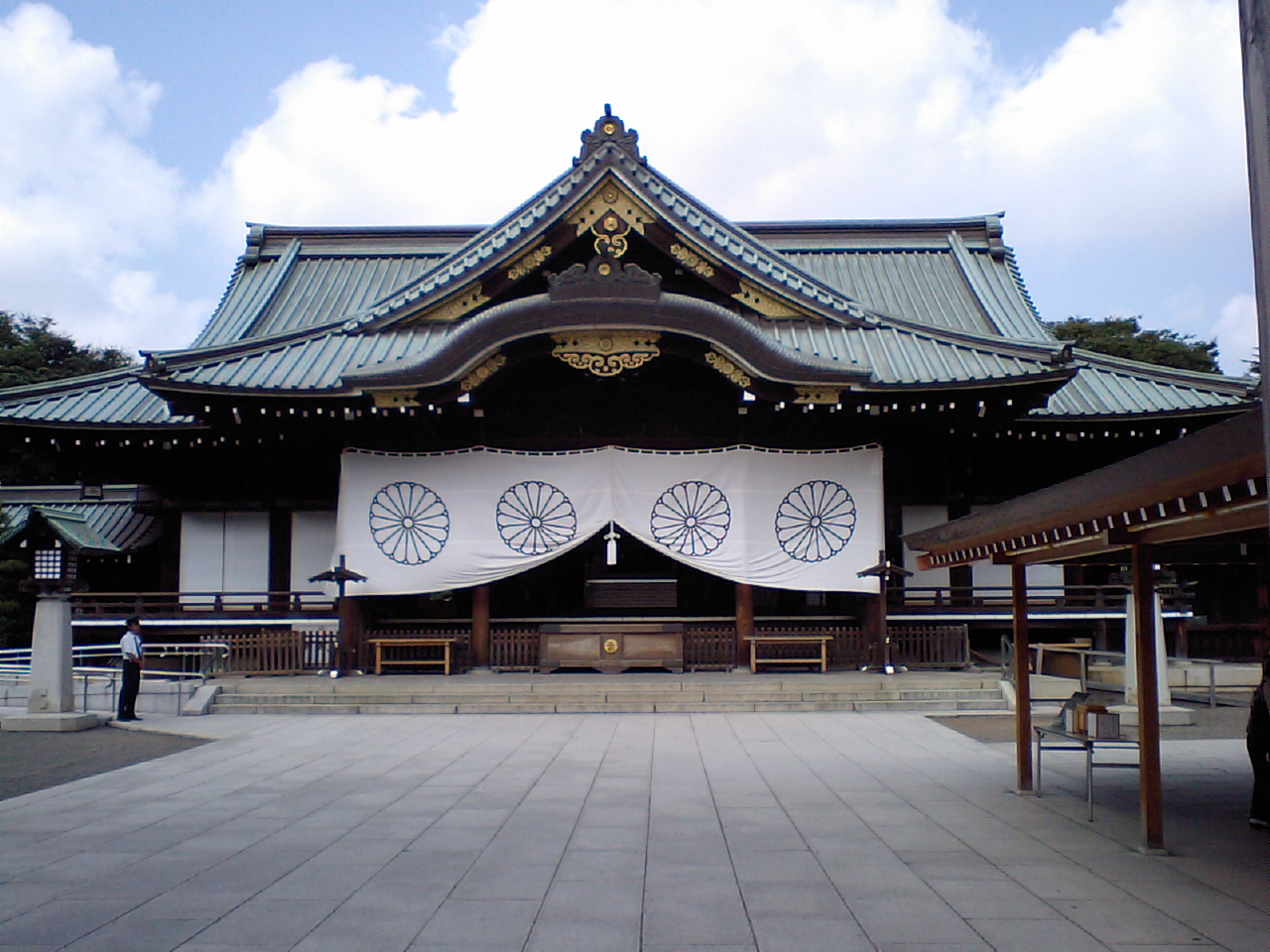
Information(Access, Price/Charge, Tel, Address, Official site, etc.)
| Name: | Yasukuni Shrine |
| Address: | Kudankita 3-1-1 Chiyoda-ku, Tokyo 102-0073 Japan |
| Access: | Tokyo Metro Hanzomon-sen “Kudanshita-eki Station” (5 minutes walk) |
| Tel: | (+81) 3-3261-8326 |
| Price/Charge: | Admission to the precincts is free. *Yushukan Museum 1,000 yen (Adult) 500 yen (University students including junior college and vocational school students, etc.) 300 yen (Senior/junior high school students) Free (Elementary school age and younger) Please refer the official web page. |
| Official site: | http://www.yasukuni.or.jp/ |
Leave a Reply